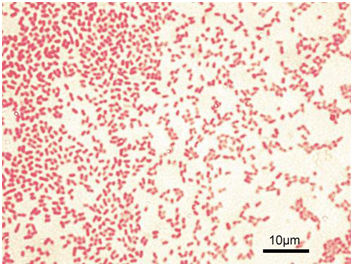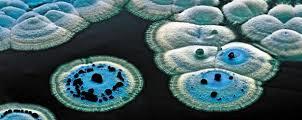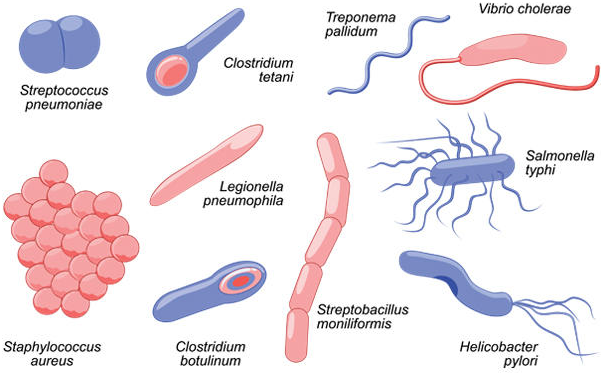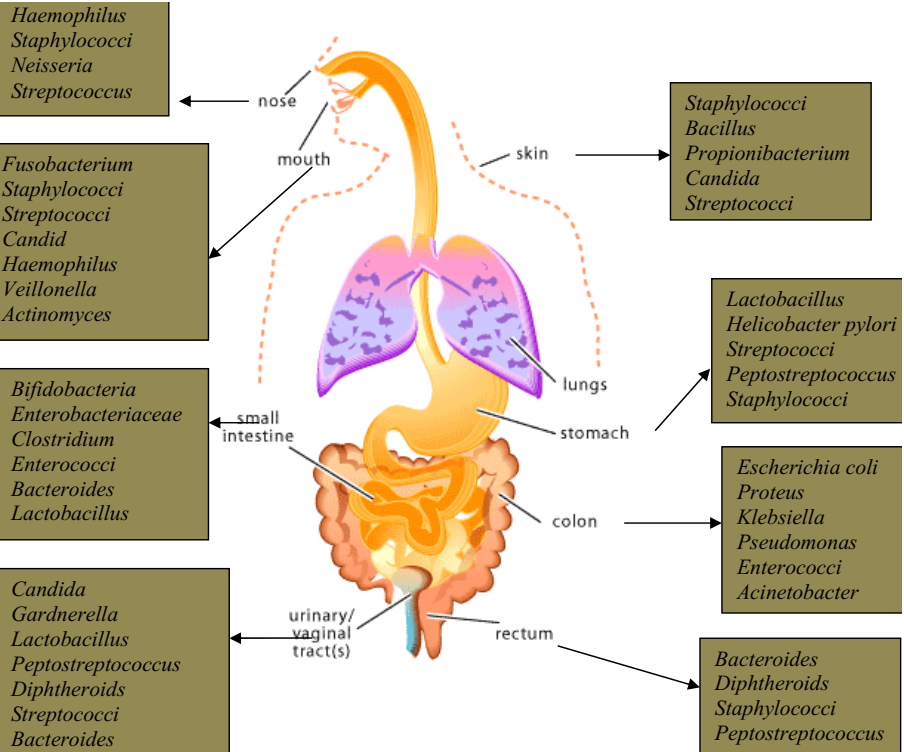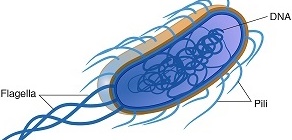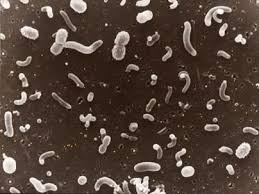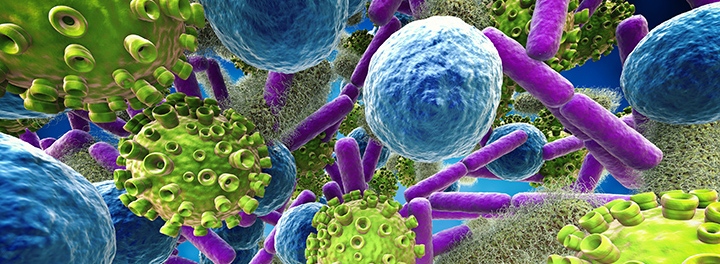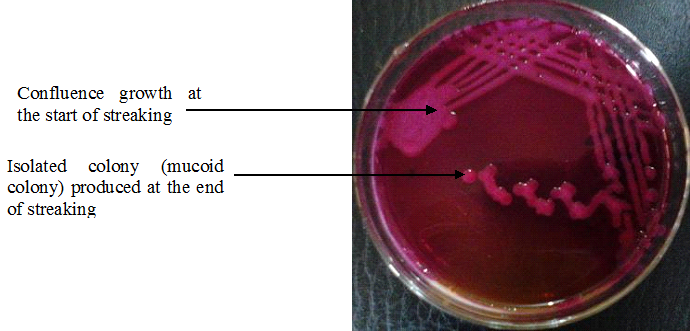Disease transmission & progression
To establish an infectious disease, a disease agent (including bacteria, fungi, viruses and protozoa) must first come in contact with a susceptible human host. This phase is called contact or encounter. Humans first encounter with microorganisms starts immediately after birth (period in which the newborn begin to build up its own normal flora) but as […]
Disease transmission & progression Read More »
Bacteriology

